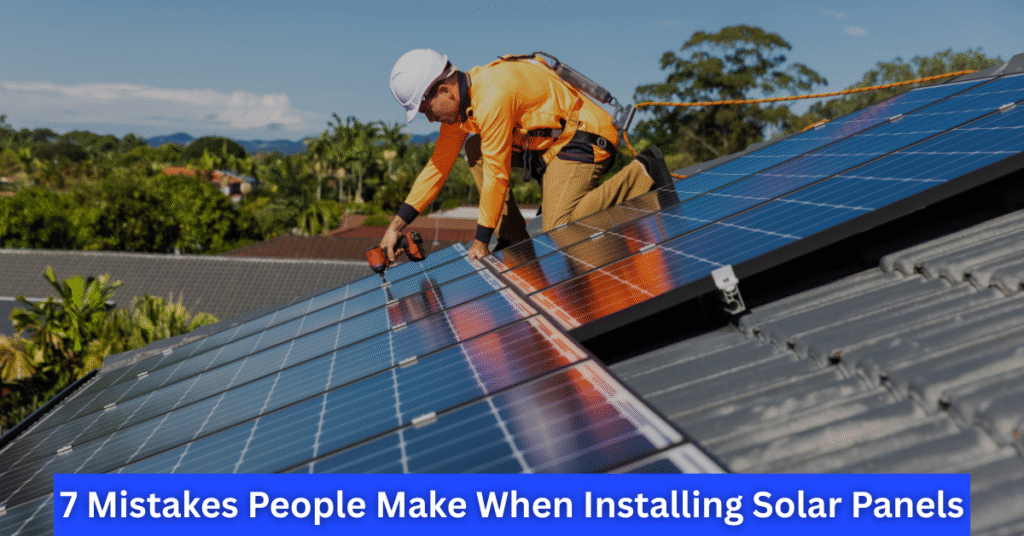1.Skipping a Proper Site Inspection or Energy Audit
Many homeowners start installation without evaluating shading, roof condition, or energy needs. Skipping a professional audit can leave you with panels that underperform—or a system sized wrong for your usage. A proper site survey helps identify roof obstructions, tilt and orientation issues, and sets the right system size from day one.
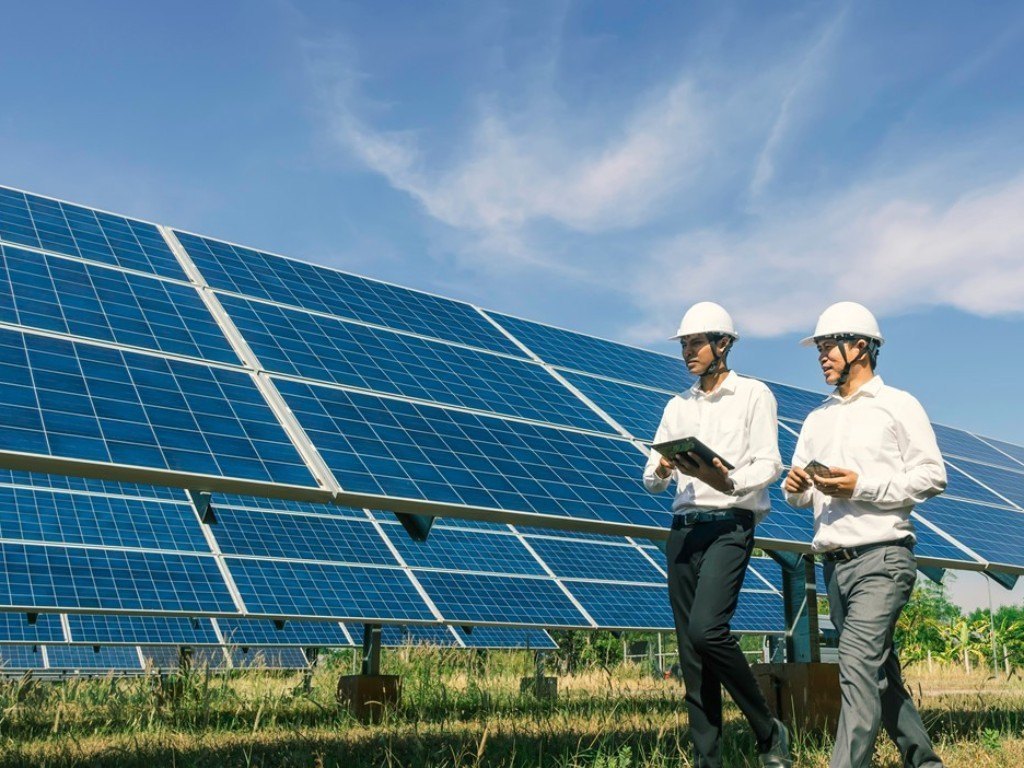
2.Ignoring Roof Condition, Orientation & Shading
Installing solar on an old roof or one shaded by trees, chimneys, or other buildings significantly reduces efficiency and lifespan. The ideal panel tilt should roughly match your latitude. Avoid shaded zones and ensure your roof is structurally sound before beginning.
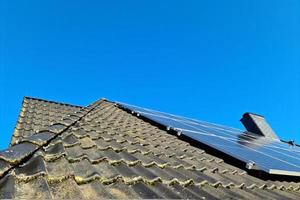
3.Hiring Unqualified or Inexperienced Installers
DIY installations or unlicensed contractors can cause safety issues, void warranties, and lead to poor electrical connections. Always choose certified professionals with proven experience. A correct installation ensures compliance, reliability, and long-term value.
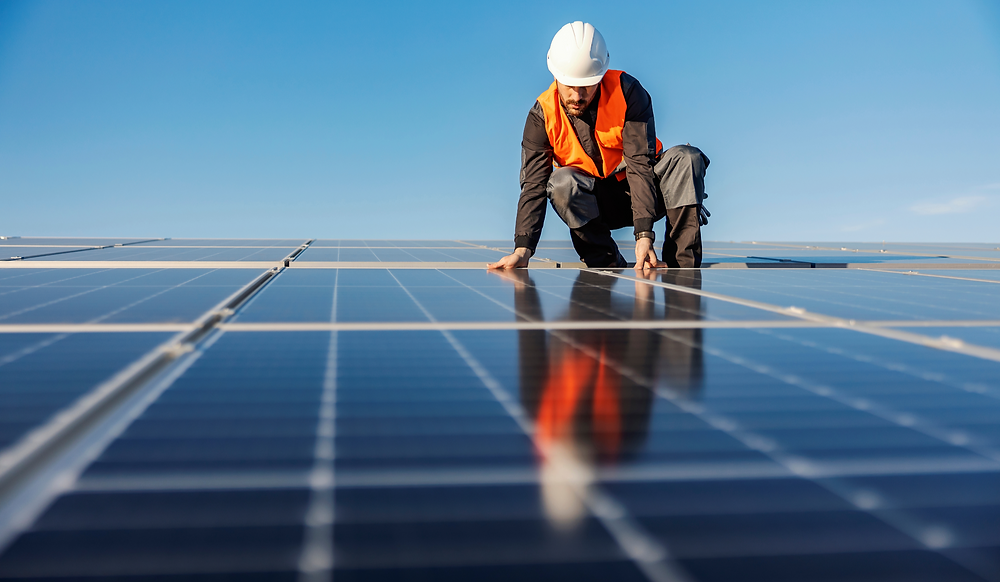
4.Not Following Local Codes, Regulations & Permits
Installing panels without obtaining proper permits or complying with zoning/building codes can result in costly penalties. Local building and electrical standards—as well as net‑metering regulations—must be followed to avoid delays and fines.
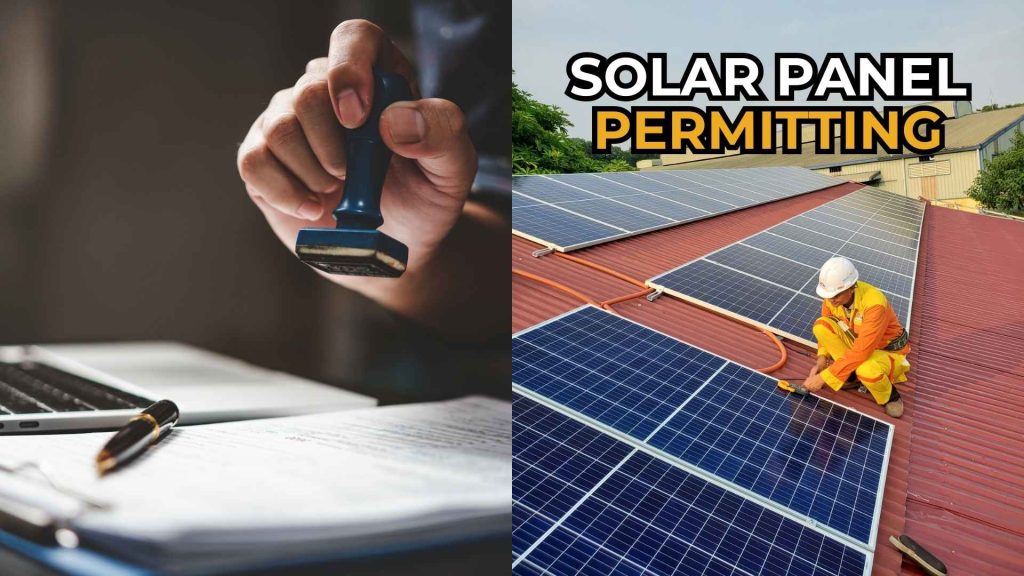
5.Overlooking Warranty and Maintenance Provisions
Solar systems aren’t maintenance-free. Neglecting warranty specifics, inverter coverage, regular cleaning, and monitoring can shorten lifespan. Dust, debris, or bird droppings often cut output by up to 5–7% unless cleaned periodically.
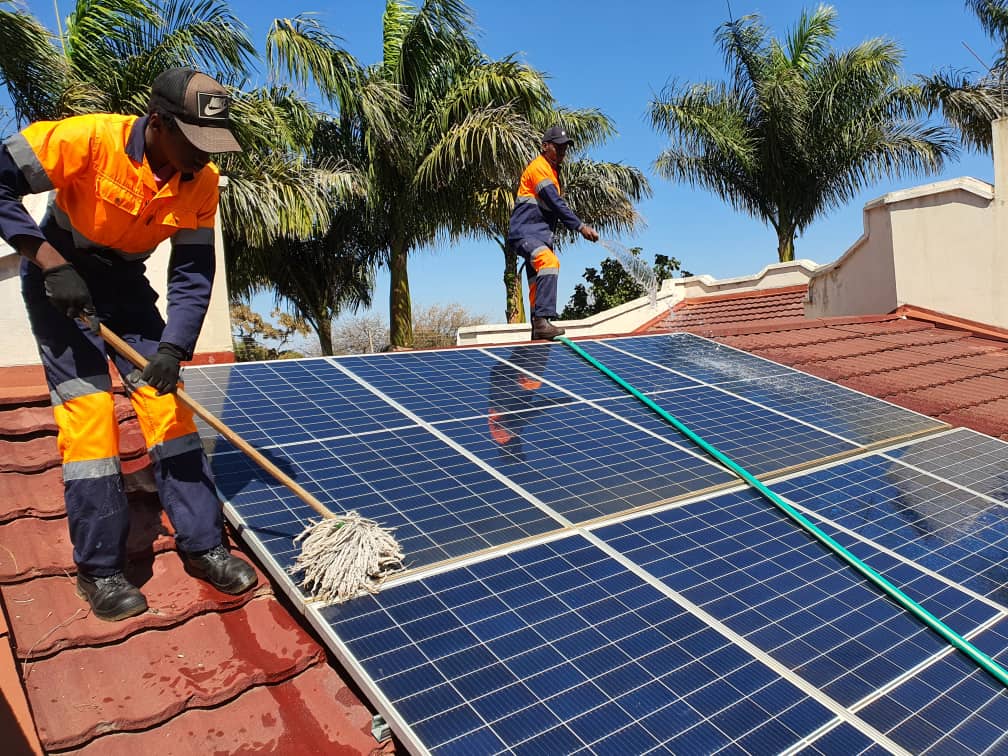
6.Misjudging Energy Needs & System Size
Estimating your needs without reviewing past electricity bills or considering seasonal changes can result in oversized or undersized systems. Oversizing wastes resources, undersizing limits savings. Let accurate consumption data guide your design.
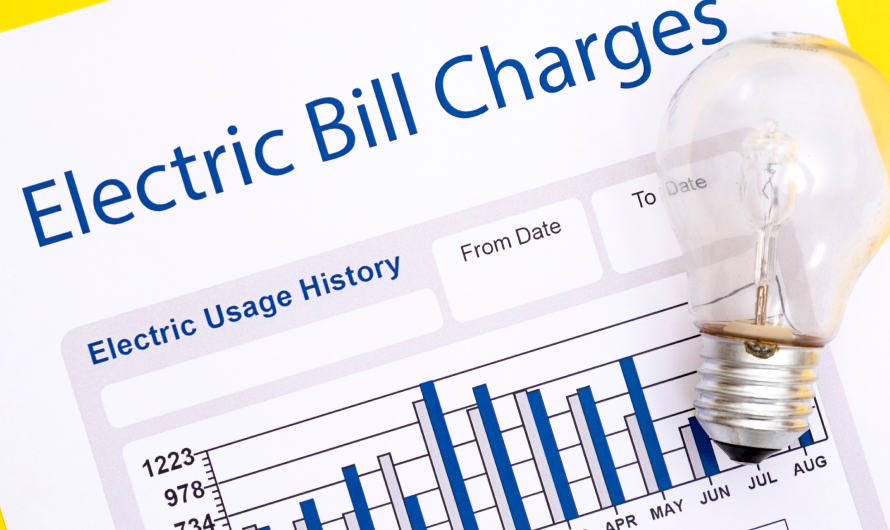
7.Choosing Low-Quality Equipment or Poor Mounting
Using sub-standard mounting hardware, wires, or panels can cause failures—especially in high winds or storms. In India, routine storms (~120 kmph) have led to collapses where structural standards were compromised. Prioritize engineered mounts and quality materials to avoid long-term risks.
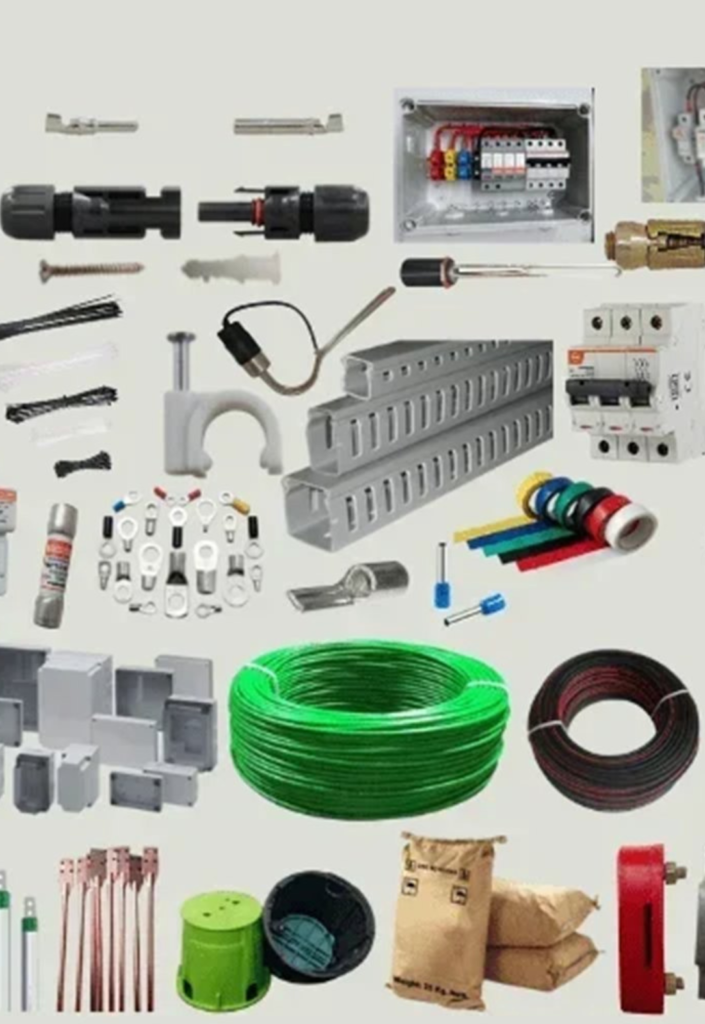
Summary Table
| Mistake | Why It’s Risky | How to Avoid It |
|---|---|---|
| No site audit or sizing | Inefficient or ill-fitting systems | Conduct professional inspection & audit |
| Poor roof preparation or shading | Lower yield, shorter lifespan | Fix roof, remove shade, optimize tilt |
| Unqualified installers | Safety, warranty, performance issues | Hire certified installers |
| No permits or ignoring regulations | Legal fines, non-compliance | Confirm with local authorities |
| Ignoring maintenance & warranty | Power loss, system failures | Set up cleaning & monitoring schedule |
| Wrong system size | Overpay or underperforming system | Base size on accurate usage data |
| Low-quality hardware | Damage in storms, early failure | Use engineered, certified materials |
FAQ Section
1: What is the biggest mistake when installing solar panels?
Skipping a site inspection and energy audit tops the list—leading to sizing errors, shading interference, and reduced performance
2: Are DIY installations safe?
DIY solar installs carry serious risks—electrical faults, falls, voided warranties. Professional installation is safer and often required for incentives.
3: How often should I maintain my solar panels?
Panels should be cleaned quarterly or bi-annually depending on dust, pollen, or bird droppings. Also schedule regular inverter checks and monitoring.
4: Can weather affect my solar system quality?
Yes—poor mounting or low-quality components can fail in storms. Use engineered mounts rated for local wind speeds to ensure durability.
5: Do I need permits to install solar panels?
Yes. Most regions require building/electrical permits and utility approvals. Checking local regulations beforehand prevents delays or penalties.
Conclusion:
Avoiding these seven mistakes sets you up for a safe, efficient, and high-performing solar system. From professional audits to quality equipment and certified installation, each step ensures long-term reliability and optimal savings.

